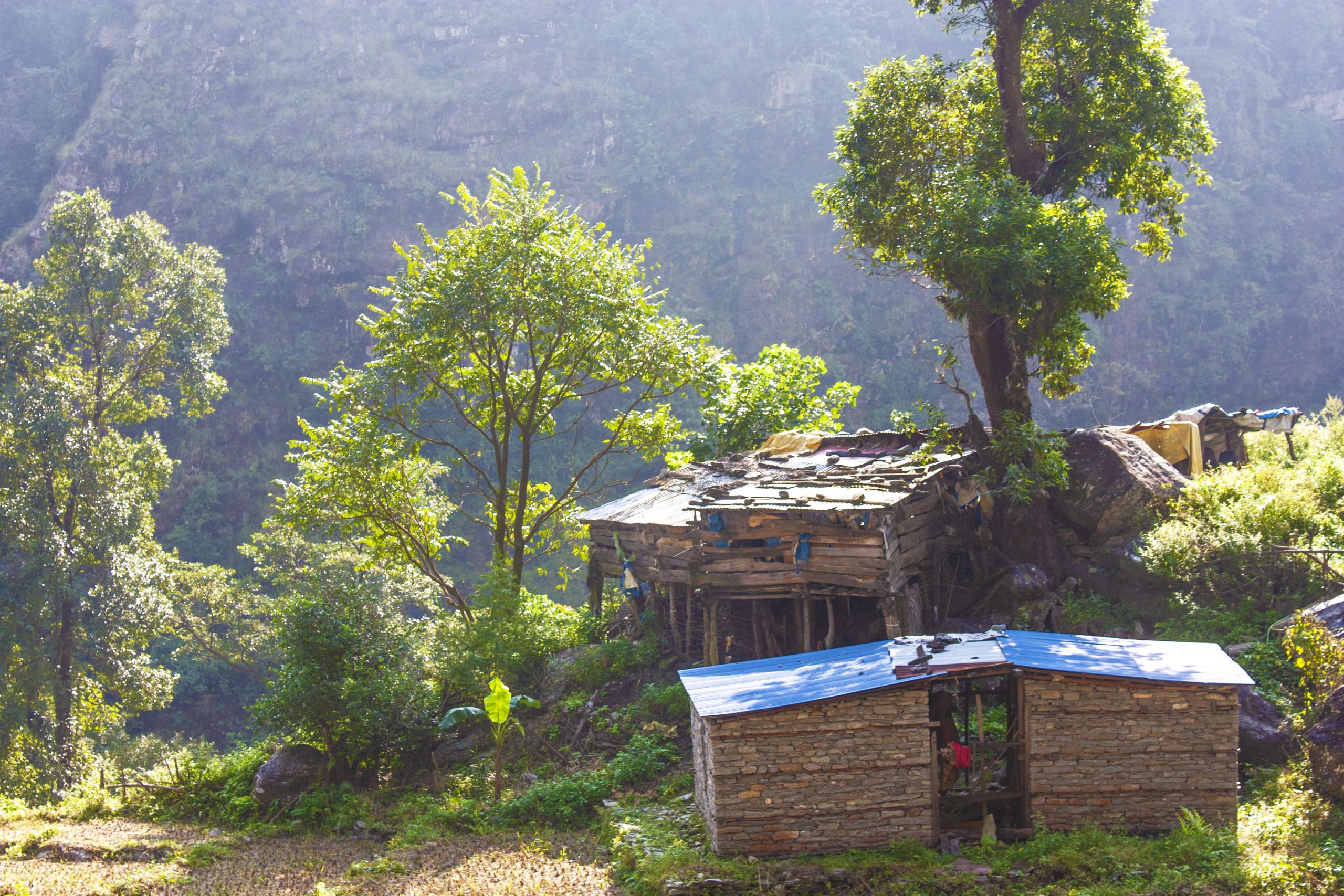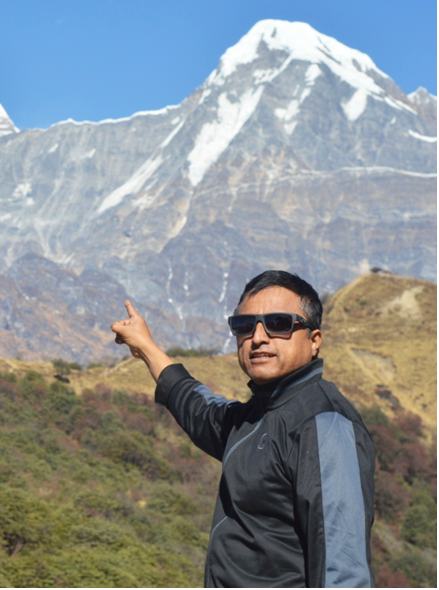Trip Introduction
Overview
The Tsumba people of the Tsum valley are some of the most culturally rich people in Nepal. The Tsum valley trek will take you to the remote valley through beautiful landscapes and amazing views. Along the way, you will witness the lifestyle of the Tsumba people, their colorful clothes and jewelry, their traditional daily chores. The extreme isolation from the outside world has led to its preservation and it still has its authenticity. This amazing trek will not only teach you about the lifestyle of the locals, but it will also provide you an insight as to how life works away from the urban jungle.
The trip begins with a Kathmandu valley sightseeing tour. In this tour, you can explore the locations in Kathmandu such as Swayambhunath, Pashupatinath, and Boudhanath and learn about the Nepali culture and values. Next day, we will be heading out of Kathmandu with a long drive. We arrive at Arughat through the winding hillside carved roads side by side with the crashing river. Our Trek begins the next day where we head to Soti Khola campsite and then to Maccha Khola the next day, to stay on these Riverside villages. We need to navigate through hydropower plants and the Arkhet village to reach these parts. After a quick break at Tatopani, we find ourselves at Jagat. It is a bustling village with many lodges and teahouses. Ascend and descend the ridges at Salleri and Sirdibas to reach Chisopani and then navigate to Chumling via Lokpa. Authentic villages of Chumling, Chhokangparo, and Nile have lots to offer in terms of sights and learning about the Tsumba way of life. The Terminus of the Trek will be at the majestically located Mu Gompa. A large monastery that opens up to the mountains ahead and the expanse of the Tsum Valley below. From here, we head into the deeper parts of the Tsum valley. Visit the Milarepa caves on the way to Burgi, and slowly head back to Chumling again. Cross the Samba waterfall and dodge yaks to reach Philim. We exit the Tsum valley leaving behind Philim then make our way to Arughat Bazar through Khorlabesi and Soti Khola as a conclusion of our trek. The trek is best done in the spring and winter seasons as the early part of the trip can be sometimes affected by monsoon conditions.
Malla Treks is your travel partner for your Tsum valley experience. Our staffs are well trained and can handle your needs and whims. We provide unbeatable services at a price that you can only imagine. Travel with us to experience a warm feeling of homeliness and our guides will ensure that you have a hearty laugh along the way too.






